Step-by-step instructions on how to properly cover figs for the winter and prepare the tree for cold weather
Figs are a subtropical fruit, they are thermophilic and are afraid of gusty cold winds and severe frosts. When grown in the Russian climate, a fig tree requires strict care rules. It is especially important to protect plantings from frost. We will tell you what measures to take in the article.
Is it necessary to cover figs for the winter?
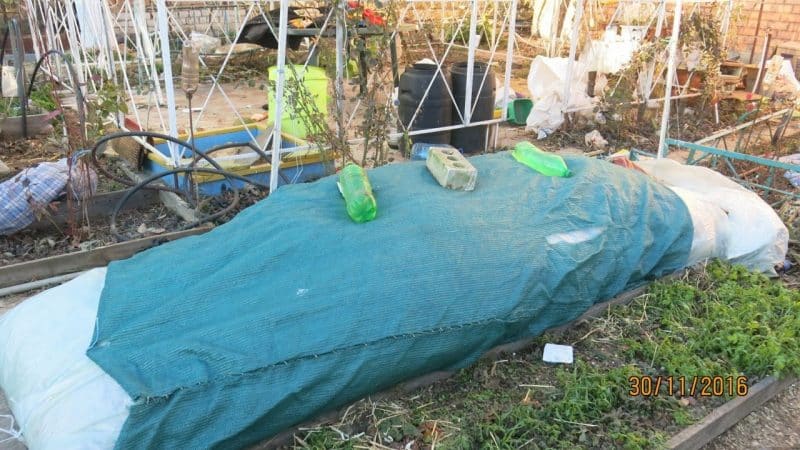
Classic varieties of figs freeze at -12°C, while winter-hardy varieties can withstand temperatures down to -20°C. In any case, it is better to insulate the plant. A frozen fig tree will reduce productivity, will not recover due to complete freezing of roots and shoots, or will die after flowering.
Important! In Russian latitudes, it is difficult to protect the tree from frost, so it is recommended to form the fig into a bush. This is convenient for covering it for the winter, trimming excess branches and harvesting.
These two factors can destroy a fig tree:
- excessive humidity;
- dried rhizome.
How to properly cover figs for the winter
The choice of shelter depends on the method of plant formation and climatic conditions:
- Earth. In temperate climates, sprinkling the bush with soil will be sufficient. The shoots are bent to the ground, secured in a lying position and soil is poured on them, with a layer of fallen leaves or straw 5-15 cm thick on top, or a “layer cake” is made from soil, fallen leaves, straw and loose soil.
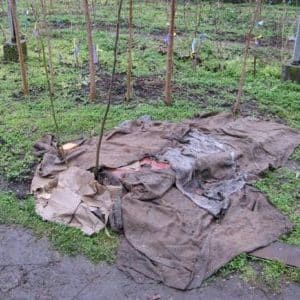
- Vegetation and roofing material. If in winter frosty days alternate with thaws and there is no snow, it is advisable to cover the fig branches with a plant layer and roofing material on top.
- Humus and straw. Humus and straw 10 cm thick are poured onto the branches, a film is stretched over the frame built above the bush and the entire superstructure is covered with burlap.
- Car tires. If you create a barrier of them around the plant on all sides, you will get good thermal insulation.
- Formation of sheaves. Fig shoots are collected into sheaves and tilted to the ground. They are covered with weights (boards or plywood) on top and sprinkled with a soil layer. The structure over the fig tree plant is built when the temperature reaches +2°C. During the day, when the temperature rises, the superstructure is ventilated.
In areas with cold climates, it is advisable to plant figs in long holes, which will cover the plant during frosts.
To protect against mice and rats, poison in sachets is dropped between the branches. To protect against fungal infections, the plant is provided with constant access to air.
If the fig is planted in a temperate climate, it is optimal to cover it with a structure made of tires or any other materials with good density. In this climate, it is preferable to plant figs in a hole.
In cold regions, it is recommended to sprinkle the bush with earth or wrap it with matting.
Important! Plastic film will not work as a cover. The structure will have to be constantly opened so that the tree is ventilated.
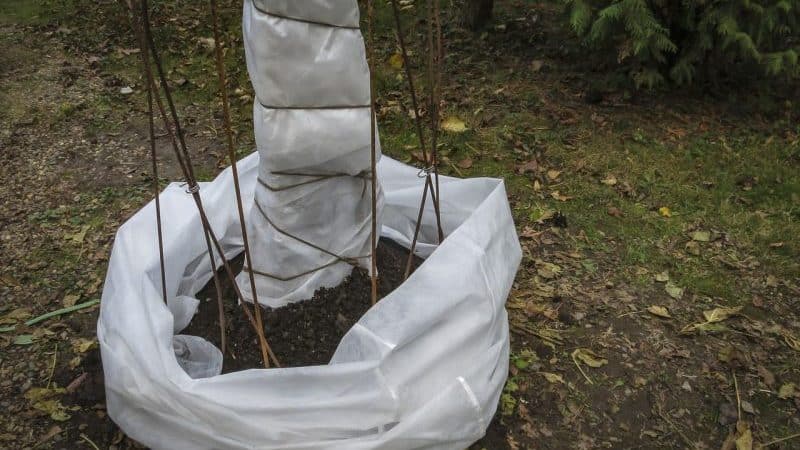
Laying branches
A couple of weeks after harvesting, they begin to bend the branches to the ground. In order not to break them, this is done in 2-3 stages with breaks of 4-5 days. The procedure is carried out after watering the bush. Then the branches are secured with twine, hairpins, and pegs.
Insulation
It is recommended to insulate figs by covering or wrapping groups of its branches with insulation. The material should be breathable and preferably white to reflect sunlight.
For insulation use:
- sugar bags made of polypropylene;
- agrofibre;
- lutrasil;
- burlap;
- canvas;
- old fabric from a tent.
Never use any type of polyethylene, as it does not breathe.
Time frame for insulating the plant:
- in areas located in the south - after the leaves fall;
- in the middle zone - during the fall of leaves, after the first frost.
Fixing the shelter
The wrapped sheaves of branches are fixed. To prevent them from rising, weights are placed on top - a weight, a wooden shield, or sprinkled with earth.
Other stages of preparation for wintering
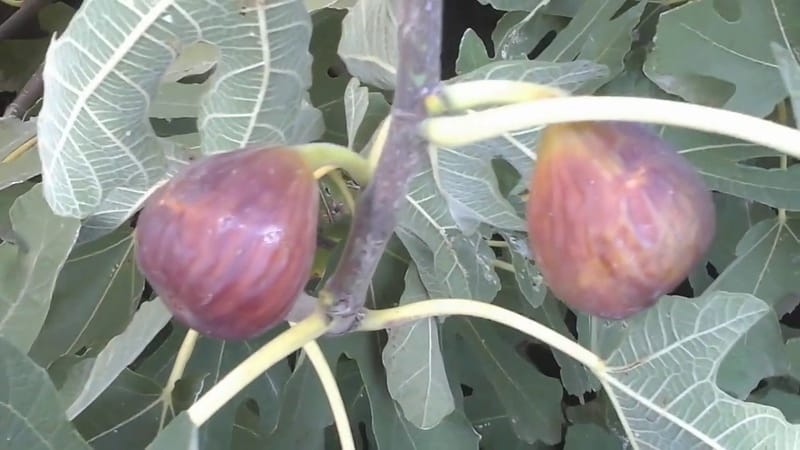
Figs are prepared for the dormant period:
- Stop watering. Excess moisture in the trees will lead to freezing, and overdried rhizomes will not survive the winter. The last time a fig tree is watered abundantly is immediately after harvesting - in September. The fig bush is no longer watered; the root system is allowed to dry out so that excess moisture does not lead to its rotting.
- Stop feeding. During the period of setting and ripening figs, figs are fed only with potassium fertilizers, which stimulate the formation of wood. The mineral complex should not contain nitrogen, as it provokes the growth of green mass. Fertilizers are applied after abundant watering of the plant. After the last fertilizing of the figs during the formation of the figs, the plant is no longer fertilized, as it enters a dormant period.
- Correctly pruning crown branches. Short shoots are easier to cover for the winter.
- Process the slices. An infection can get into open wounds of a tree or bush, causing it to wither or even die, so the cuts are covered with garden varnish.
- Mulching. Winter-hardy fig varieties are mulched with spruce branches, straw or peat. Heat-loving varieties are insulated using breathable materials.
In rainy weather in the fall, it is recommended to put plastic film on the tree trunk to prevent water from getting deep into the soil. After the rain stops, the film is removed.
Trimming
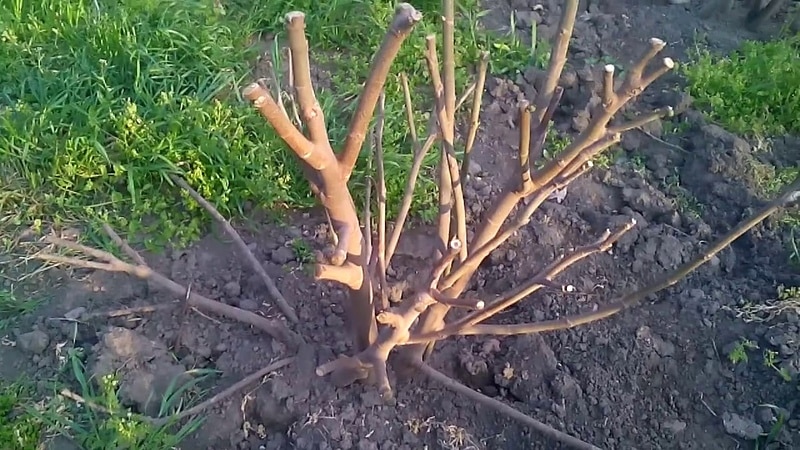
Fig pruning is needed to:
- thin out the crown for better sun exposure of the branches;
- prevent crown thickening;
- strengthen the plant before winter;
- remove dry branches;
- trim unsuccessfully grown branches;
- reduce the crown of a tree or bush.
Figs are grown as a tree, trunk or bush. Depending on the form, use:
- fan pruning;
- standard;
- bush.
The first type of pruning is carried out in several stages:
- At one year of age, only one vertical and two horizontal shoots are left on the plant.
- In the second year, horizontal branches are shortened by three buds and tied to the trunk. The conductor is also cut to stimulate active branching.
- In the third year, the shoots of the previous year are cut into three buds, and the vertical shoot is insignificant. When forming a crown, at the end of pruning no more than five tiers are left.
- In the future, they monitor the condition of the tiers, cutting off branches of the second and third order.
By spreading the fruiting branches along a horizontal trellis, you can achieve a generous harvest from the plant.
In the fig trunk, 3-4 branches are left, which come out of the trunk and have a height of about 60 cm.
With a bush, the same task is to leave a similar number of skeletal branches. The height of the trunk should be 30-40 cm.Fruiting branches are shortened to the second bud. Pruning in the fall is carried out carefully, dividing it into several stages. The shortening of shoots is extended over 2-3 seasons to allow the plant to recover.
In autumn, figs are pruned after their leaves have fallen. This time falls on its second half.
Important! Trim fig shoots in the fall without enthusiasm, otherwise side shoots will become active, greatly thickening the crown.
Treatment
To prevent infection from getting into fig slices, they are treated with garden varnish. It is prepared on the basis of organic resins. A mixture of clay with mullein or wax or paraffin-based putty, as well as paint with a fungicide, are suitable.
Before pruning branches, thoroughly wash and disinfect your hands, since open wounds of the fig tree can become infected and fungus.
Before and after pruning, the entire instrument is treated with a 3% solution of copper sulfate and wiped with alcohol or a solution of potassium permanganate.
The cut branches are collected and removed from the site.
This is interesting:
How and when to collect currant and raspberry leaves for drying for the winter.
Proven ways to preserve grapes for the winter at home.
How to properly freeze gooseberries for the winter in the freezer: the best ways.
Features of preparing figs for winter depending on the region
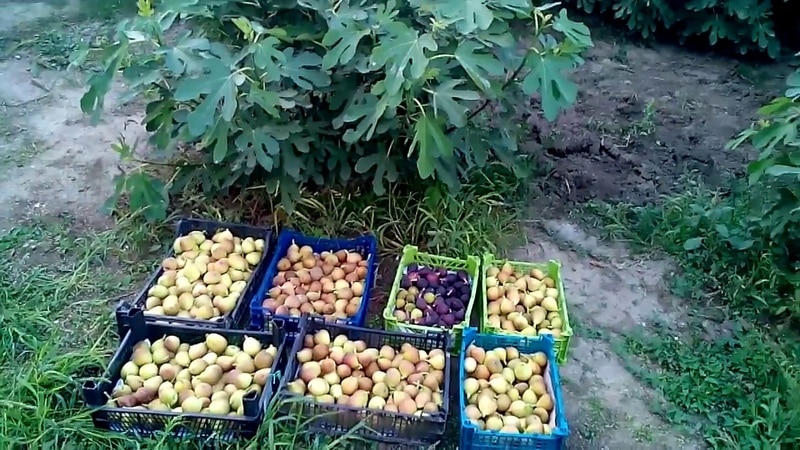
If winters are mild in the region where figs grow, the best time for pruning is autumn. In a cold region, autumn pruning will not allow the plant to grow stronger before frost, its bark will freeze, and the wood will dry out.
In the spring this is done before the buds open, and in the fall - after the leaves fall.
When pruning branches, you should not be too zealous, as excessive pruning leads to the growth of side shoots.As a result, the fig crown becomes very thick.
In the southern regions of Russia, for example, in the Krasnodar or Stavropol Territories, fig branches are thinned out twice - both in spring and in autumn.
In the middle latitudes of the Russian Federation, a fig tree is pruned once - in the fall, but to a maximum - up to 20 cm. New summer shoots are carefully pruned, then the branches are insulated for the winter.
Since figs set on shoots that grew in the summer, and the plant itself is capable of rebirth from the root, some gardeners from central Russia do not insulate figs, but mulch the circle around the trunk. There is evidence that figs only get stronger from the cold.
Another part of gardeners insulates the fig tree with improvised materials. The most effective method is to hide figs in a trench.
In the Volga region, the plant is insulated with a thick winding or hidden in a hole under the flooring.
In the Urals and Siberia, figs are grown as small bushes or trees, with seasonal shoots heavily pruned.
When is it time to take down the cover?
The shelter is removed in early April. They do this extremely carefully, trying not to damage the plant.
Until the threat of sudden spring frosts disappears, it is covered with film or polycarbonate, but not kept in the package under warm sunlight, otherwise the plant will dry out.
After wintering, the figs are fed with nitrogen-phosphorus fertilizer, dry leaves are removed from the branches, and the soil is leveled.
Read also:
The best ways to preserve honeysuckle for the winter in fresh and processed form.
How to properly freeze grapes for the winter in the freezer and is it possible to do this?
Conclusion
Its health and productivity depend on compliance with the rules of plant care.The main recommendations are to stop fertilizing and watering after harvesting, pruning young shoots, processing cuts, constructing a shelter, and insulating them with breathable materials.